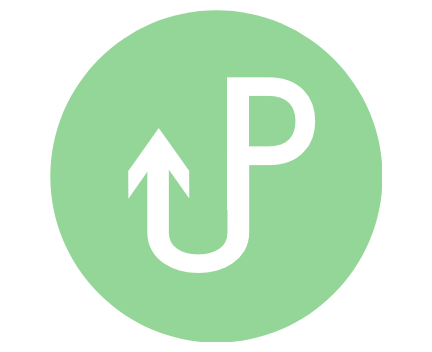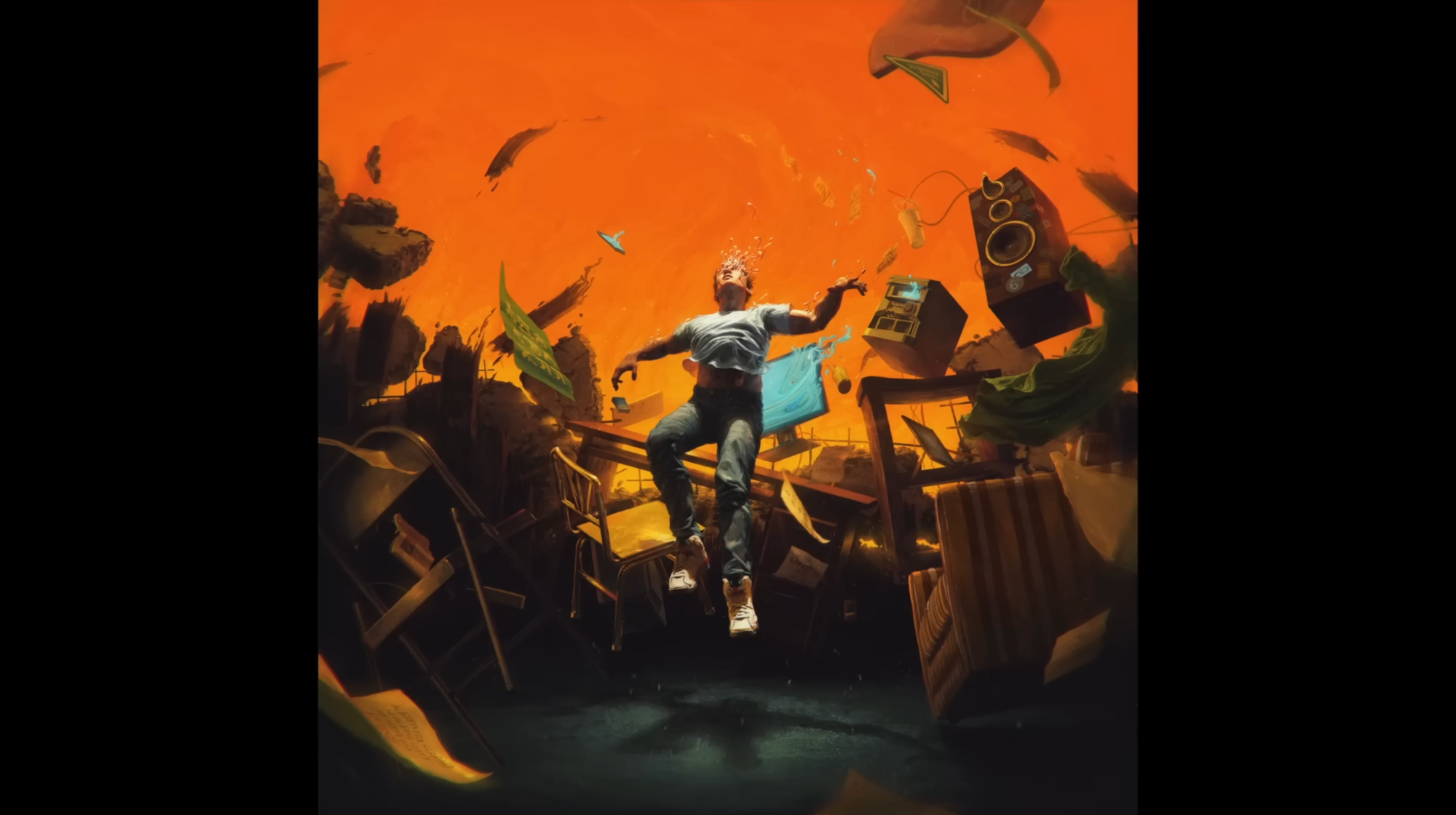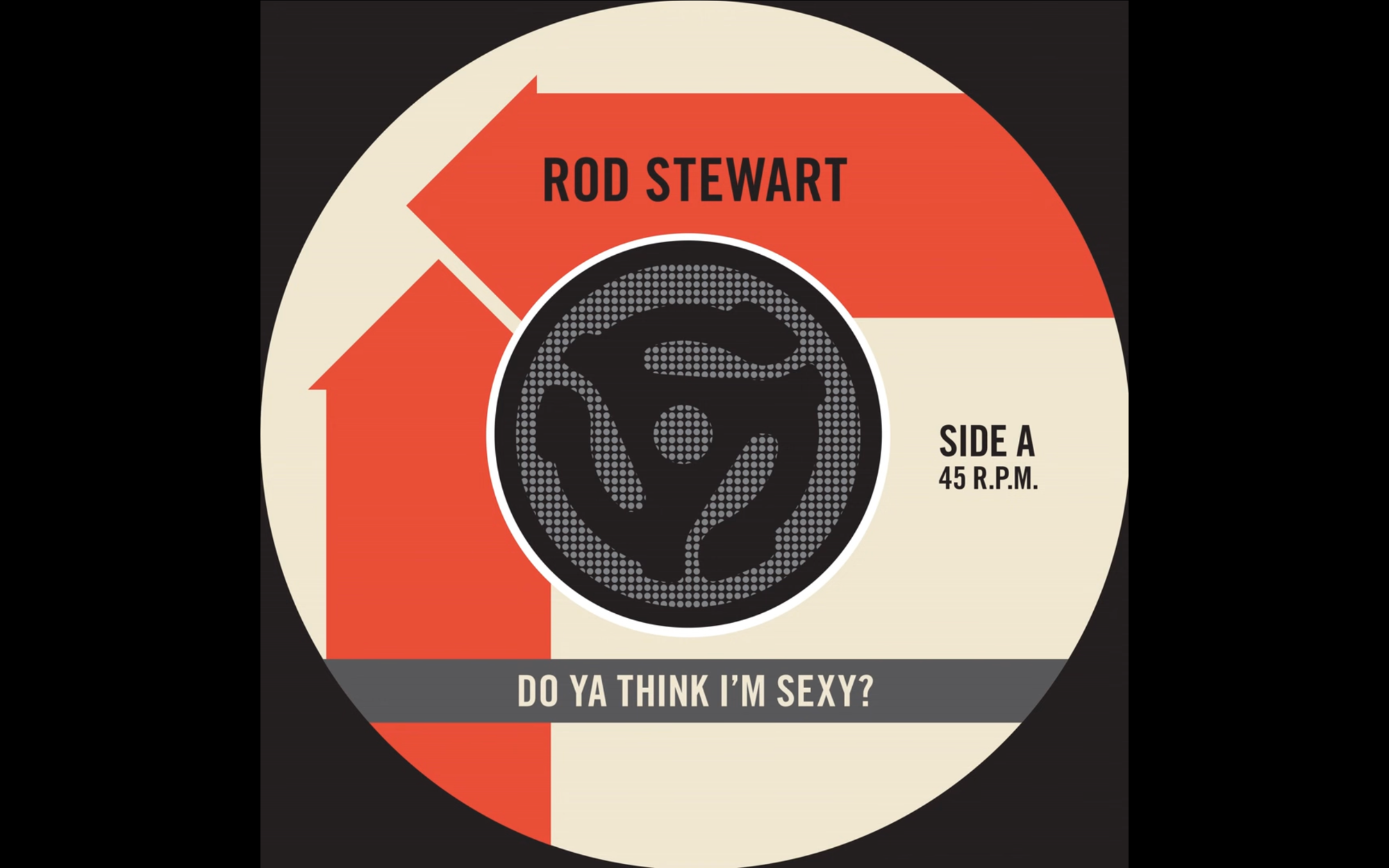System Two Thinking: Why AI Might Be Making Us Worse Learners

I recently watched a talk by Derek Muller on What Everyone Gets Wrong About AI and Learning. Derek Muller is an online science educator and entertainer who created the multi-million-subscriber channel Veritasium and has been creating educational content for about 20 years.
This talk resonated strongly with me. To paraphrase the talk, AI has been claimed to be a revolution in education. While this is true to some extent, the same was said for the television by Thomas Edison, the radio in the 1930s and of course, the rise of the internet in the 1990s and 2000s.
All of these have indeed made education more accessible to the wider public, yet it does not mean that these tools will be used to their best extent. The important word is tool. The learning system for humans remains the same; these are simply tools that help optimise it.
The talk explains human learning using the work of Daniel Kahneman, "Thinking, Fast and Slow". The concept is that we have two internal problem-solving systems – the fast one, relying on all past experiences and information and the slow one that is there to reason and find a novel approach. To simplify it, the fast one is given the name of system one and the slow one is called system two.
To improve at any craft, one needs to activate system two to grasp the problem and work through it. Once this problem is overcome, it will be stored as memory and can be brought up by system one for efficient work. It is pattern recognition.
The example of chess, also mentioned in the talk, is how grandmasters have amazing pattern recognition compared to normal people. Yet when the chessboard is set up in a way which is unachievable in any chess game, their pattern recognition fails them, and they are brought to perform at the same level as non-experts.
The problem with generative AI specifically is that it is capable of doing tasks for humans. This means that the activation of system two does not happen. This means the information never arrives in system one. This responsibility of learning is put onto the students. Either you work for it or you do not.
That being said, the flip side is that the learning is indeed reinforced thanks to the immediate feedback that these generative AIs offer. It is very powerful to quiz yourself on topics to an almost infinite extent. The accuracy can be inconsistent, yet the same can be said for sources on the internet and even in books, for that matter. All tools need to be used mindfully.
The way forward is for educational systems to integrate AI whilst keeping the activation of system two. This is simpler said than done. The students tend to be a few steps ahead with these technologies compared to teachers.
One of the solutions, also discussed in the talk, is to have exams like with calculators in mathematics. A part of the exam is with AI, and another is without. AI is a great tool and cannot be put to the side completely, yet it is important to disconnect from it to create the necessary pattern recognition to learn the concepts.
This Week's Suggestions:
💡 What Everyone Gets Wrong About AI and Learning :
The talk this whole piece was based on. It is very compelling so if you have an hour to spare, I highly suggest it!
🎶 "The French Library" by Franz Gordon:
For a change from my heavily electronic-music-oriented suggestions, this time I offer you a peaceful piano piece. Calm and thoughtful.
Happy 1st of September!




